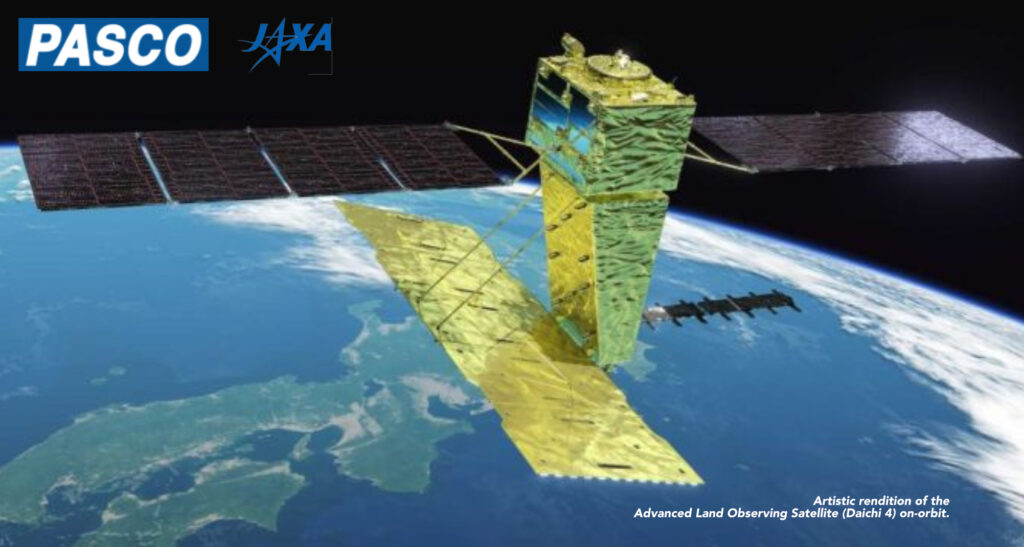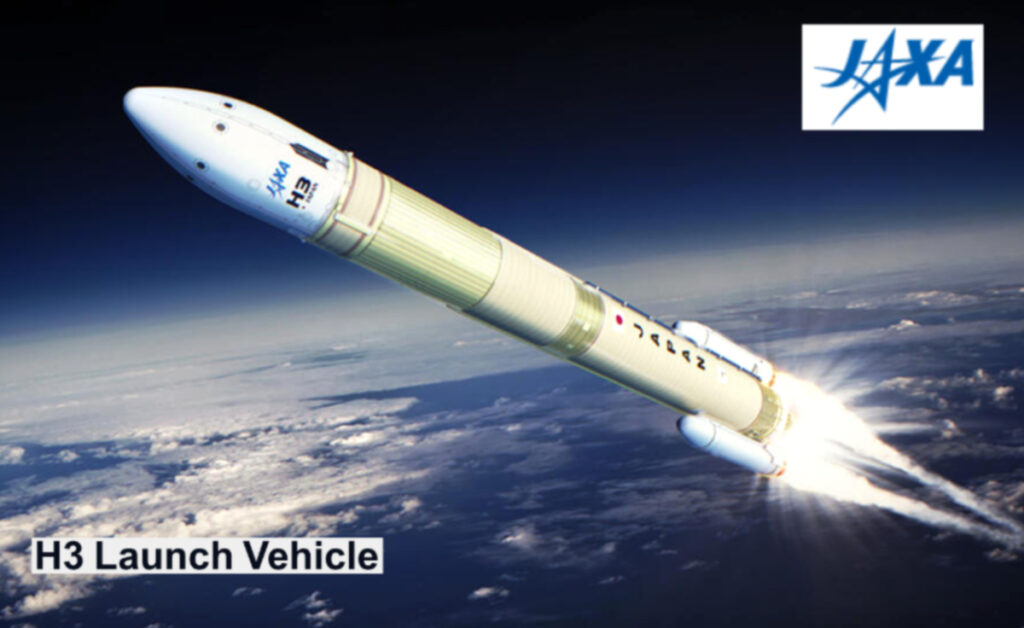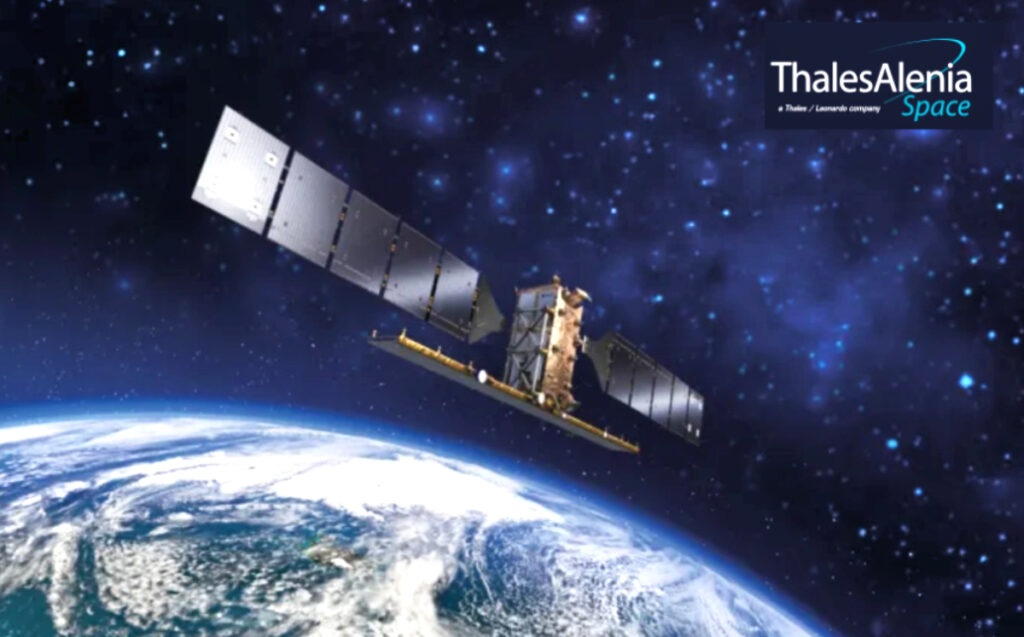
Thales Alenia Space, the joint venture between Thales (67%) and Leonardo (33%), has signed a contract with NIBE Space (a subsidiary of NIBE Limited) concerning the supply of a high-resolution optical satellite, marking the first step in NIBE’s Earth Observation constellation project— this initial contract aims to establish the first operational Earth Observation’s (EO) capabilities for NIBE in India by 2025.
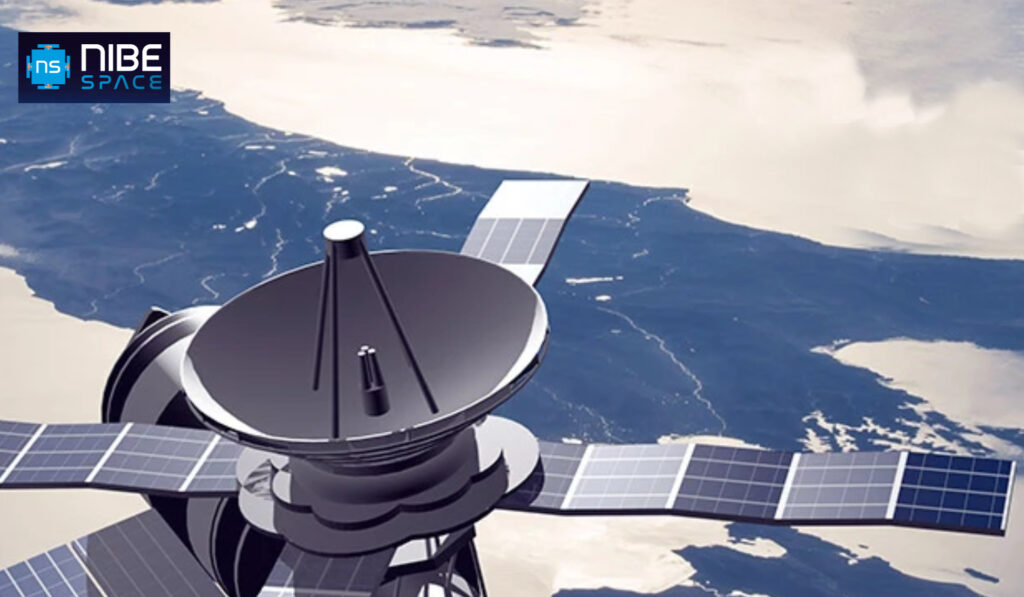
This achievement reinforces the partnership initiated in 2024 between Thales Alenia Space and NIBE for the deployment of India’s first private EO constellation.
The contract was recently signed during a ceremony with the Honorable Chief Minister of Maharashtra Shri Devendra Fadnavis present. BlackSky also signed a service agreement for subscription-based imagery and analytics to deliver space-based monitoring services supporting NIBE’s various Indian customers.

“I am extremely pleased that Thales Alenia Space will contribute to developing sovereign Earth Observation capabilities in India,” said Hervé Derrey, CEO of Thales Alenia Space. “Supporting the deployment of India’s first private Earth observation constellation means a lot to our company as this is Thales Alenia Space’s first cooperation on an Indian space program. I would like to thank NIBE for putting its trust in our company. We look forward to making available our long-standing expertise and industrial capabilities in optical and radar sensors and start a promising Space cooperation with India.”
“We are proud to see our partnership with Thales Alenia Space take another concrete step forward with the signing of the contract for a high-resolution optical satellite. This is part of our larger national endeavor, aligned with the Aatmanirbhar Bharat vision, to bolster India’s position as a leader in space technology and applications,” said Ganesh Nibe, Chairman & Managing Director of NIBE Limited. “With Thales Alenia Space’s vast global expertise and experience, we look forward to taking India’s space capabilities to newer heights.”
About NIBE Limited
Established in 2021 under the leadership of Mr. Ganesh Ramesh Nibe, the company and its subsidiaries specialise in manufacturing a wide spectrum of Critical Components catering to the Defence industry such as fabrication of structures and sub-assemblies for programmes such as Modular Bridge, Rudder blade assembly, Pinaka launcher and MRSAM launcher for tri-services of Indian defence, to components of Electronic systems, Small arms (such as assault rifles and LMGs), and Space projects for domestic as well as international applications. NIBE Limited along with its subsidiaries is committed towards continuously refining and adapting its approach, positioning itself as a leader in the defence industry. Moreover, in alignment with the vision of Atmanirbhar Bharat, NIBE Limited extends its commitment to fostering self-reliance in the defence sector.
About THALES ALENIA SPACE
Drawing on over 40 years of experience and a unique combination of skills, expertise and cultures, Thales Alenia Space delivers cost-effective solutions for telecommunications, navigation, Earth observation, environmental management, exploration, science and orbital infrastructures. Governments and private industry alike count on Thales Alenia Space to design satellite-based systems that provide anytime, anywhere connections and positioning, monitor our planet, enhance management of its resources, and explore our Solar System and beyond. Thales Alenia Space sees space as a new horizon, helping to build a better, more sustainable life on Earth. A joint venture between Thales (67%) and Leonardo (33%), Thales Alenia Space also teams up with Telespazio to form the parent companies’ Space Alliance, which offers a complete range of services. Thales Alenia Space posted consolidated revenues of approximately €2.2 billion in 2023 and has around 8,600 employees in 8 countries, with 16 sites in Europe.


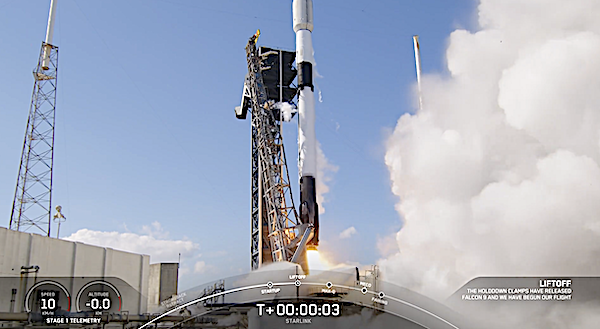
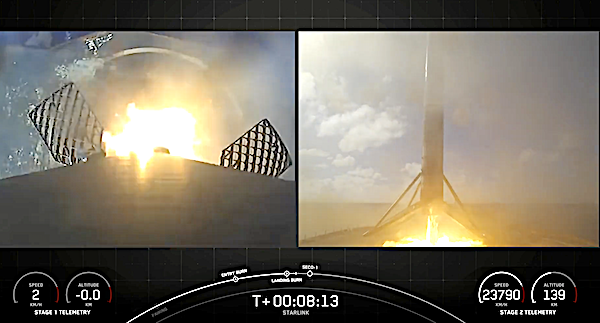


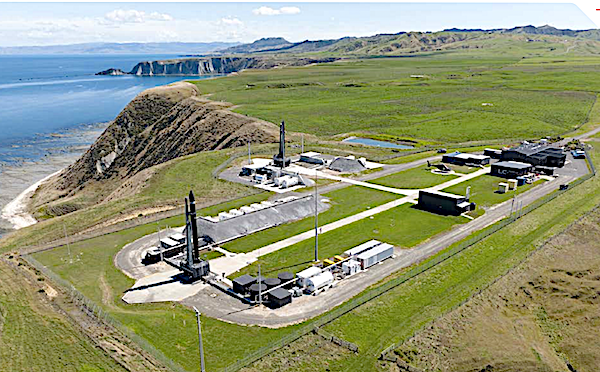
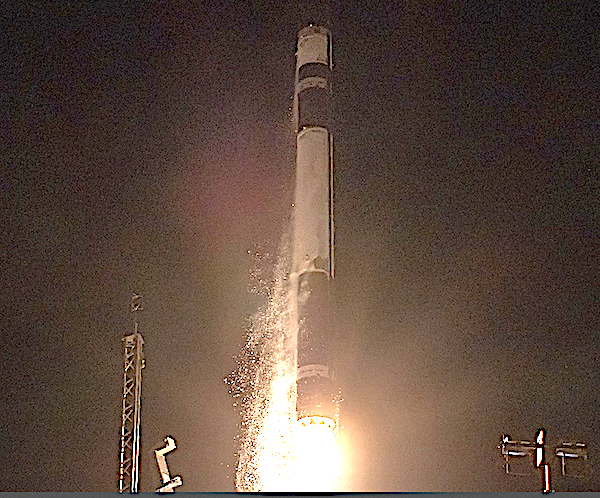
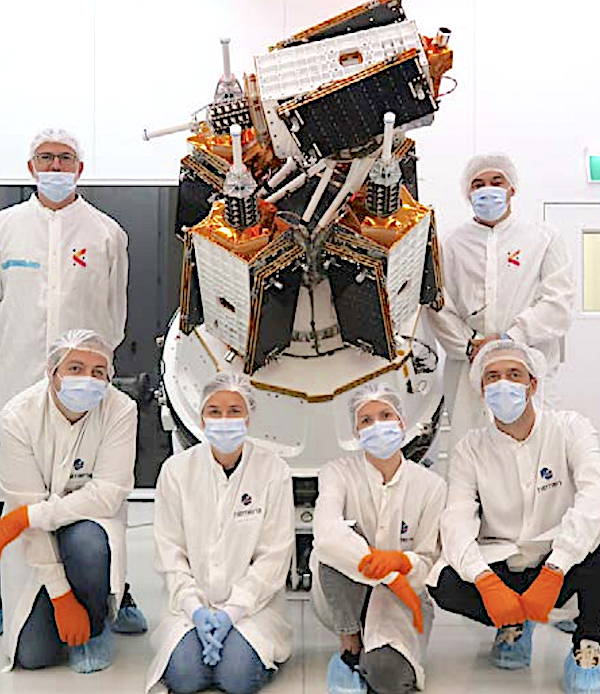
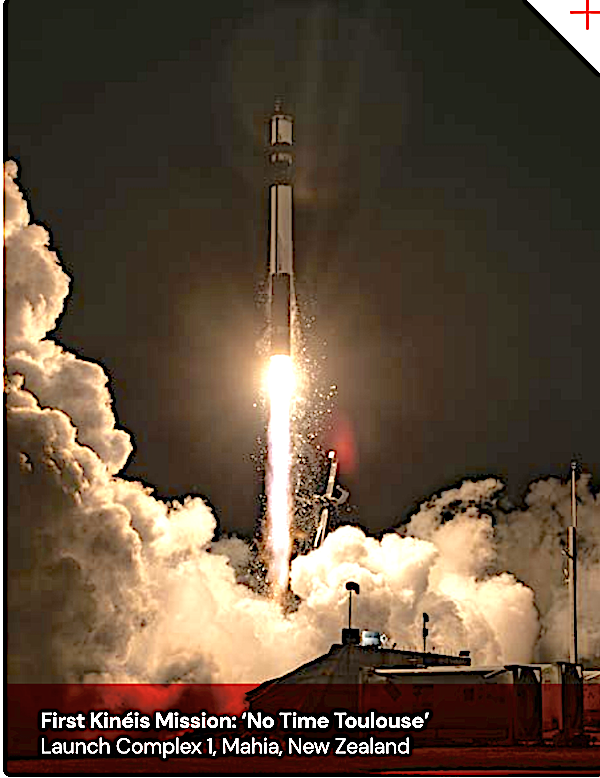
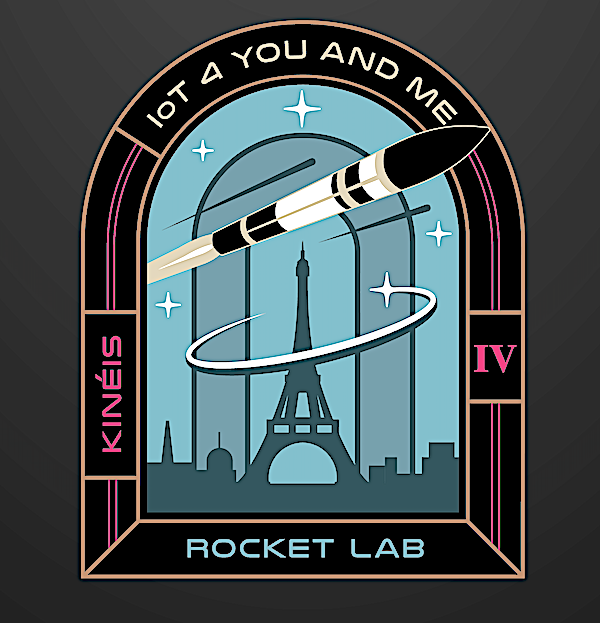
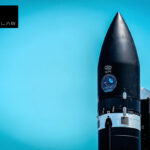
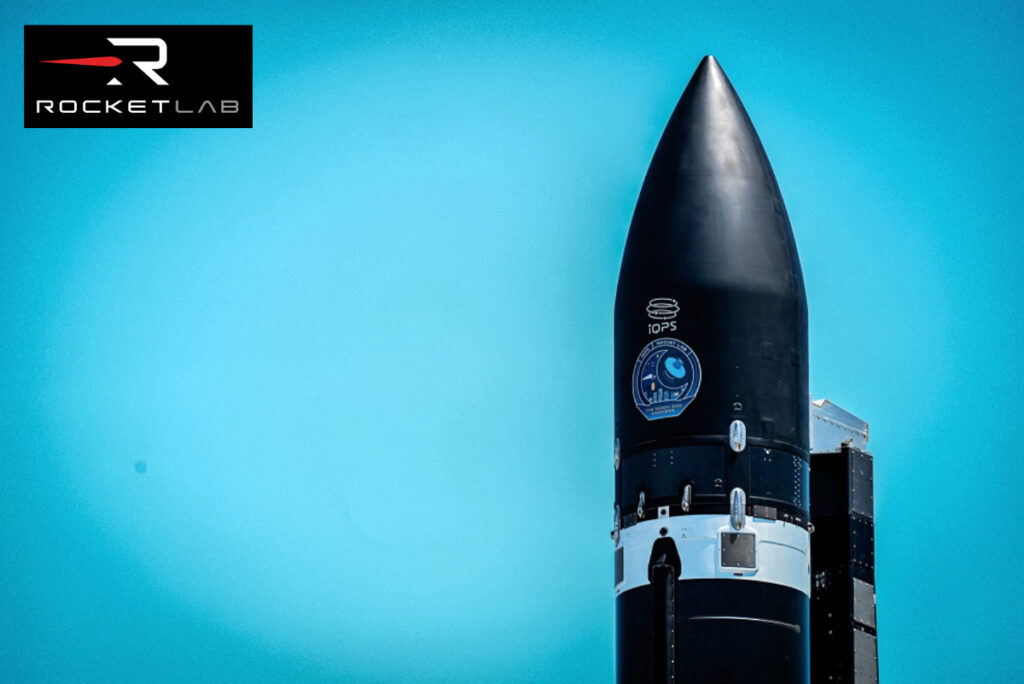
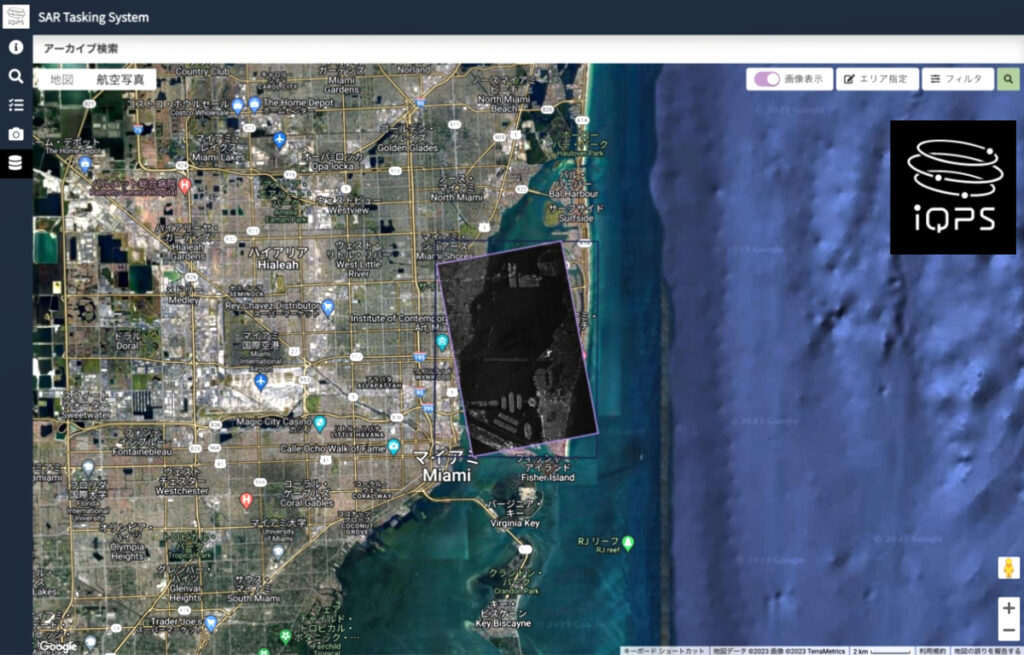





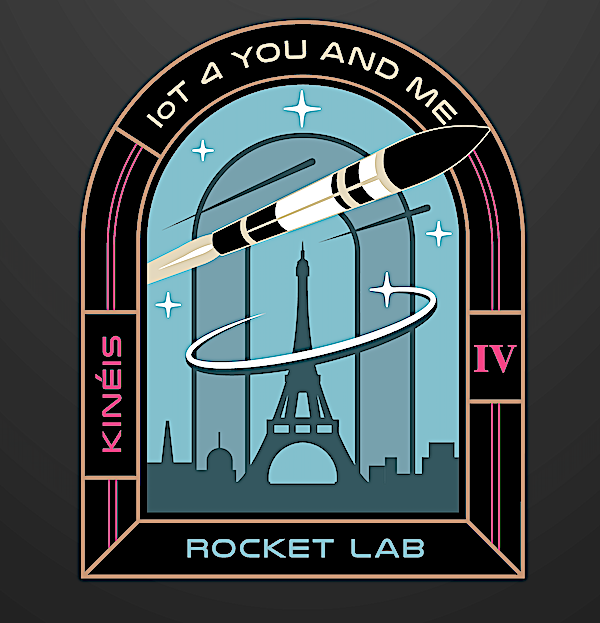





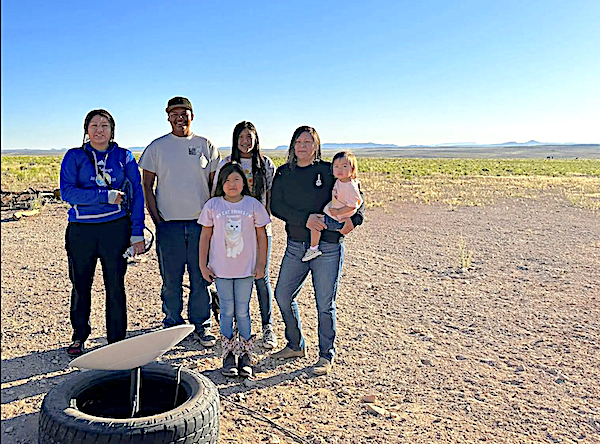



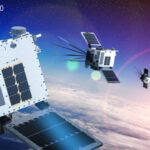

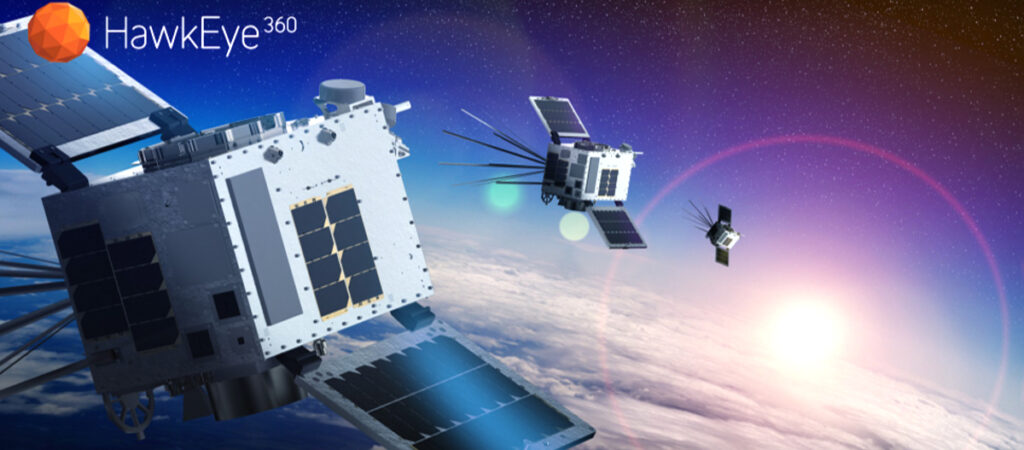
 in the space communications industry. ATLAS’ revolutionary Freedom® software has been recognized by industry-leading publications and organizations such as Via Satellite and CIO Review. Additionally, Aerospace & Defense Review named ATLAS the Space Tech Company of the Year (2024) and acknowledged ATLAS as one of the Top Satellite Solutions Providers (2024, 2023). Lastly, ATLAS was highlighted in the CIO Review: Telecom Edition as Company of the Year (2023), as well as one of the 10 Most Promising Technologies. ATLAS combines the Freedom Software Platform and its federated global antenna network to achieve its mission of securing space access anytime, anywhere.
in the space communications industry. ATLAS’ revolutionary Freedom® software has been recognized by industry-leading publications and organizations such as Via Satellite and CIO Review. Additionally, Aerospace & Defense Review named ATLAS the Space Tech Company of the Year (2024) and acknowledged ATLAS as one of the Top Satellite Solutions Providers (2024, 2023). Lastly, ATLAS was highlighted in the CIO Review: Telecom Edition as Company of the Year (2023), as well as one of the 10 Most Promising Technologies. ATLAS combines the Freedom Software Platform and its federated global antenna network to achieve its mission of securing space access anytime, anywhere.



